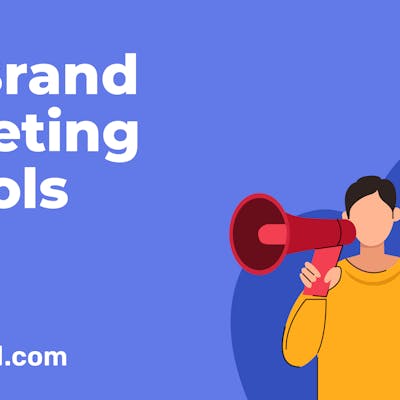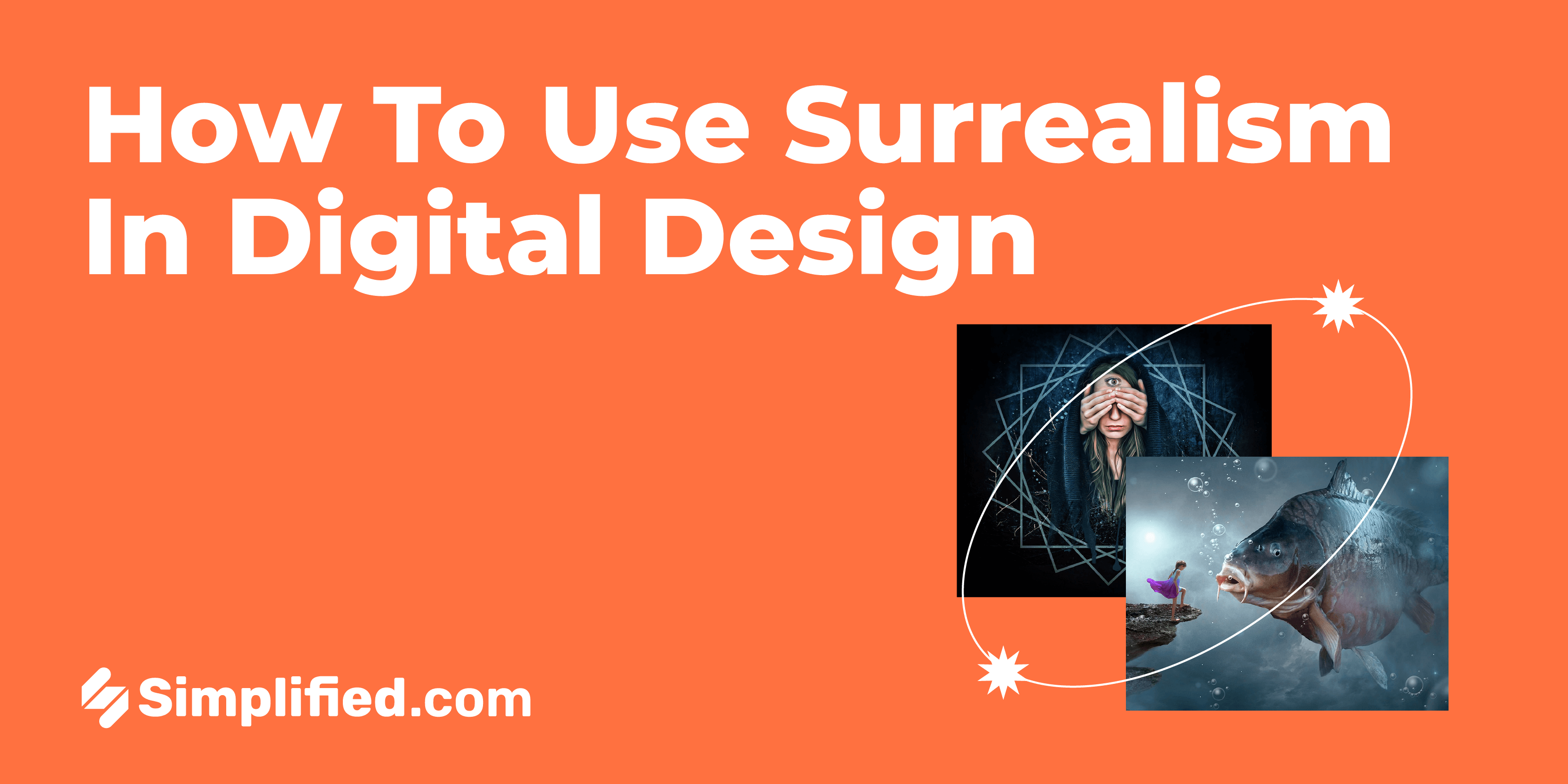
Surrealism is a fascinating art movement that has been around for almost a century. It is known for its dreamlike and bizarre imagery that challenges the viewer’s perception of reality.
In today’s modern age, surrealism has found a new home in digital design. However, incorporating surrealism into digital design can be challenging.
That’s where our guide comes in. Our guide is a complete solution to help you incorporate surrealism in digital designs.
In this article, we will discuss the definition of surrealism in art and walk you through the process of using surrealism in digital designs.
So, let’s get started!
Related:The Ultimate Guide To Clone Your Digital Designs
What is Surrealism in Art?
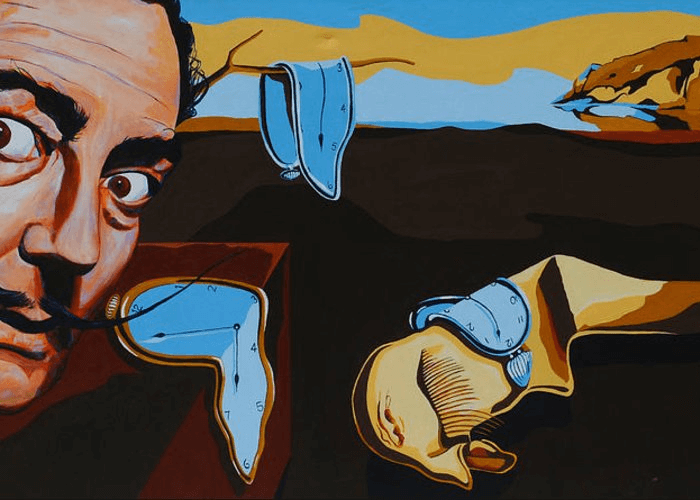
Source: Pixels
The meaning of surrealism in art can be slightly difficult to grasp, but we’ll give you a simple explanation. Surrealism is a movement in European visual art and literature that emerged between the World Wars as a reaction against cultural and political rationalism.
You can define surrealism in art as an exploration of dreamlike, imaginative worlds, blending reality with the fantastical. It is characterized by bizarre imagery that explores the unconscious mind as a way of creating art.
Artists like Salvador Dalí and René Magritte are known for their contributions, creating thought-provoking pieces that challenge traditional perceptions and embrace the unconventional.
We can divide Surrealism into two main types – Automatism and Veristic Surrealism.
- Automatism in Surrealism is about creating freely without planning, often by letting the subconscious mind take over, using techniques like automatic drawing or writing.
- Veristic Surrealism mixes real-life things with weird, dreamy stuff, making detailed and realistic art that includes elements from dreams or the imagination.
What is the Meaning of Surrealism in Design?

Source: Freepik
What is digital surrealism? Surrealism in modern design involves infusing unconventional, dreamlike elements into creative work. It’s about mixing the real world with imaginative, unexpected concepts, challenging traditional norms.
You can play with digital tools to combine different things, experiment with fonts, and tell unique visual stories. The aim is to make art that’s wonderfully different, aiming to evoke emotions or spark deeper thoughts.
It encourages designers to break boundaries, explore the subconscious, and create visually striking, thought-provoking designs that defy the ordinary.
Related: Digital Design vs. Graphic Design: What’s The Difference?
Importance of Surrealism in Digital Design
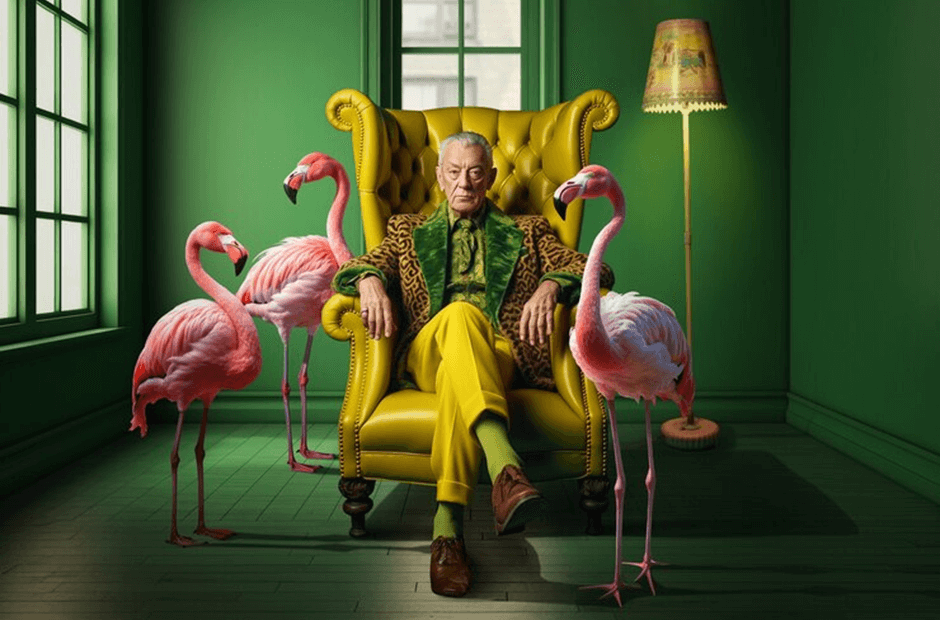
Source: Freepik
The essence of surrealism in digital design lies in its ability to break boundaries and stimulate creativity. Its importance stems from:
1. Encouraging Creativity
Surrealism in digital design invites artists to explore beyond conventional boundaries, encouraging them to think innovatively and create art that challenges the ordinary.
2. Expressing the Unconscious
It allows artists to delve into the subconscious mind, expressing emotions, thoughts, and ideas that might not have a place in the rational world.
3. Visual Impact and Engagement
Surrealism in digital design often results in visually stunning and thought-provoking art, which captivates viewers and evokes emotional responses. It engages the audience by prompting them to ponder the hidden meanings or unique visual elements.
4. Pushing Artistic Boundaries
It pushes the limits of what is possible in art, encouraging experimentation with new techniques, technologies, and ways of presenting ideas.
5. Reflecting the Complexity of Human Experience
By exploring the dreams, the bizarre, and the unexplained, surrealism in digital design reflects the complexity of human experiences and emotions, resonating with a diverse audience.
6. Adaptability in the Digital Realm
In the digital era, surrealism finds new avenues through digital tools and platforms, enabling artists to create mind-bending and visually stunning works more easily than ever before.
Related: Using Typography In Your Digital Designs Re-Edits in 2023
What Are 4 Characteristics of Surrealism in Design?
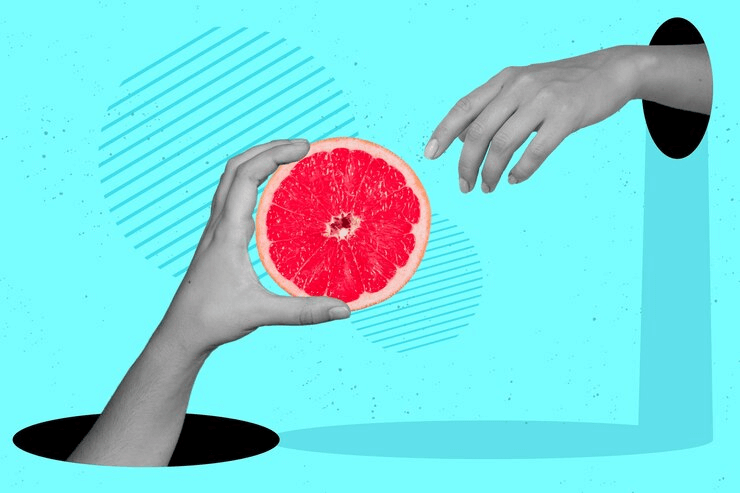
Source: Freepik
Here are the four key surrealism characteristics in art:
1. Dreamlike Imagery
Surrealist graphic design thrives on dream-inspired compositions blurring reality and imagination. Floating objects, morphing elements, and fantastical landscapes transport viewers to alternate realms.
2. Unconventional Combinations
Surrealist graphic design often uses collage techniques by combining different things in a way that makes you curious and think about it.
3. Symbolism and Metaphor
Symbolism and metaphors in graphic design convey deeper meanings and emotions. Each element holds significance, inviting viewers to decode hidden messages, and fostering a profound connection.
4. Unconventional Color Schemes
Surrealism in digital design embraces unconventional color combinations evoking emotions and altering perceptions. Vivid hues and ethereal tones contribute to the dreamlike quality of designs.
Related:Best Graphic Design Tips For Non-Designers And Beginners
How Do You Make Digital Surreal Art?
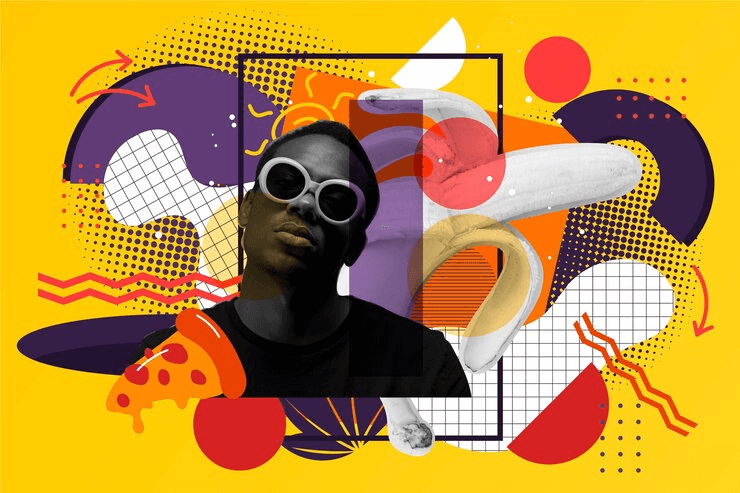
Source: Freepik
How do you make digital surreal art? Follow these steps to create surreal digital designs from scratch.
1. Conceptualization
Begin by brainstorming or visualizing the surreal elements or ideas you want to incorporate into your artwork. Consider dreamlike or imaginative concepts that defy reality.
2. Gather Resources
Collect digital resources like photographs, graphics, textures, or elements that can serve as the foundation for your surreal art. This could involve using stock images or creating your digital assets.
3. Software Tools
Use digital art software such as Adobe Photoshop, Illustrator, Procreate, or other tools to add surrealism in digital design. These programs provide features for image editing, layering, blending, and manipulation, essential for creating surreal effects.
4. Layering and Manipulation
Combine different elements of surrealism in digital design by layering them, and adjusting their sizes, shapes, and positions. Experiment with blending modes, transparency, and effects to create unusual or dreamlike compositions.
Related: The 10 Best AI Graphic Design Tools You Need To Know About
5. Color and Texture
Explore unique color schemes and textures to evoke emotions and enhance the dreamy quality of your artwork. Experiment with gradients, filters, and brushes to add depth and atmosphere.
6. Distortion and Transformation
Distort, warp, or transform elements to create unexpected or surreal effects. Use tools for morphing, liquifying, or stretching to achieve a dreamy or bizarre appearance.
7. Symbolism and Metaphor
Incorporate symbolic or metaphorical elements to add depth and meaning to your artwork. Consider how these symbols might convey hidden messages or evoke emotions.
8. Experiment and Refine
Don’t be afraid to experiment and play around with different techniques when it comes to surrealism in digital design. Refine your artwork by continuously adjusting elements, colors, and compositions until you achieve the desired surreal effect.
9. Final Touches
Once satisfied with your creation, make final adjustments, ensure consistency, and refine details. Consider the overall visual impact and emotional resonance of your digital surreal art.
Remember, creating digital surreal art involves a lot of creativity and experimentation. There are no strict rules—let your imagination guide you to produce unique and captivating artwork.
Related:Digital Design vs. Graphic Design: What’s The Difference?
10 Artists Keeping the Art of Surrealism Alive in Design
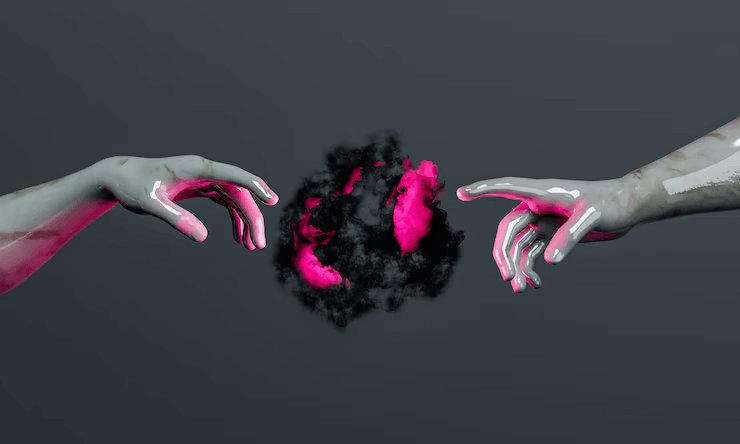
Source: Freepik
These 10 artists within the world of modern digital design are putting a contemporary spin on surrealism.
1. Julie Curtiss
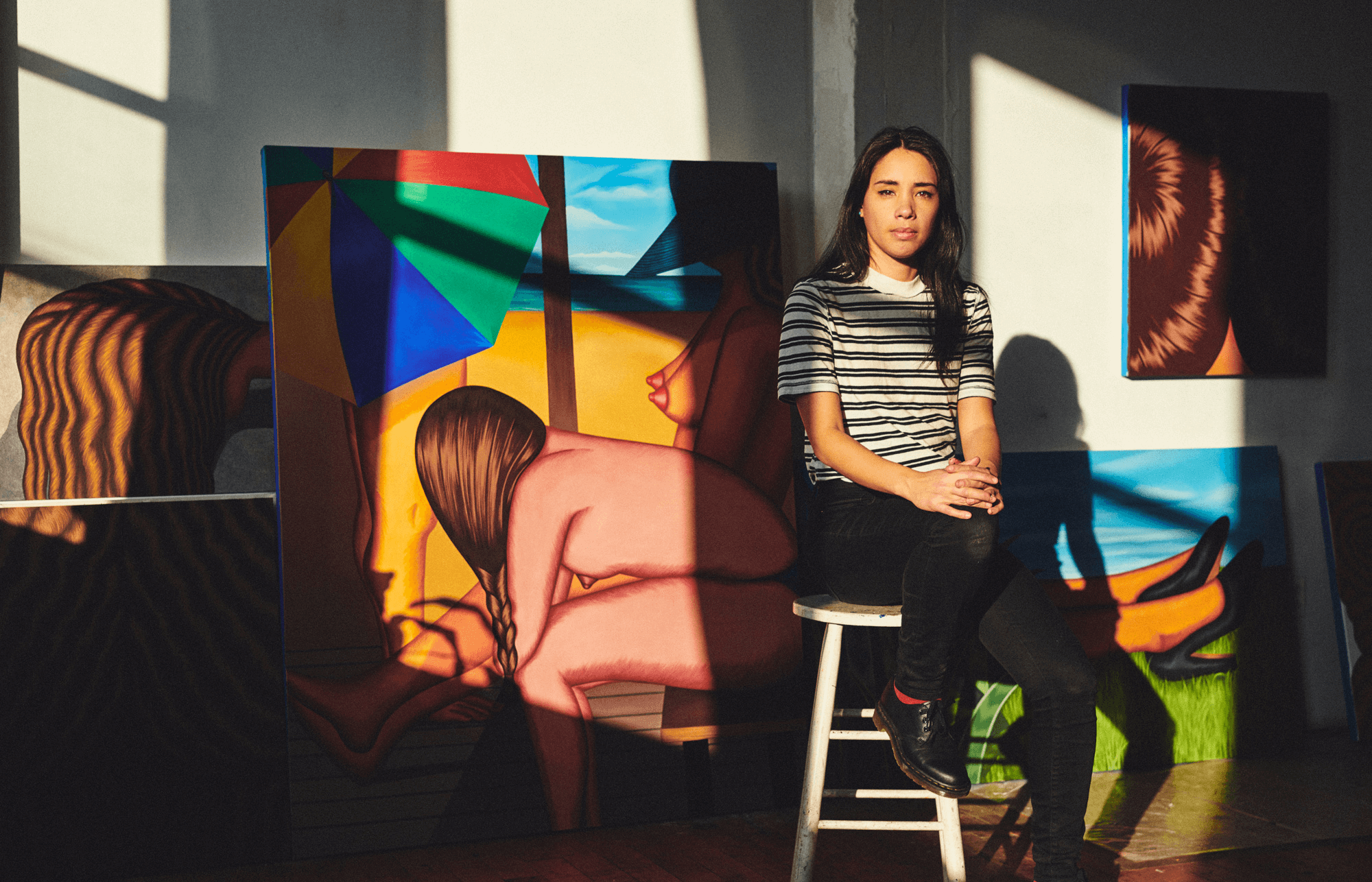
Source: Juxtapoz Magazine
Julie Curtiss is a neo-surrealist artist who lives in New York. Some of her works combined have been sold for over a million dollars. Julie’s work has been described as quirky and macabre as if the viewer has entered into a dreamlike environment with smatters of real life in hidden places.
Her work in digital design is said to be inspired by the Chicago Imagists who worked on the boundaries of surrealism and pop culture. The artist was discovered on Instagram in 2014 and is influenced by elements that both fascinate and disturb her.
2. Penny Slinger
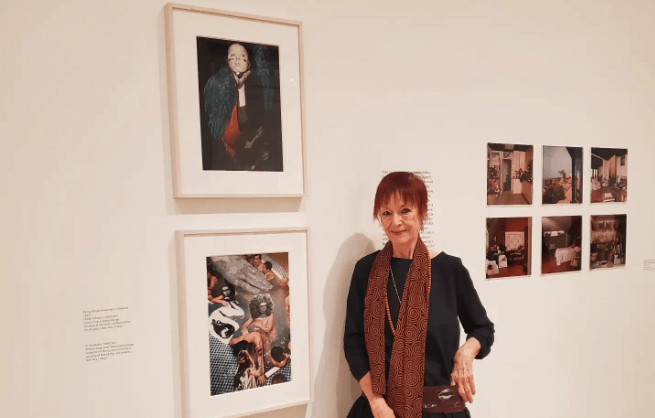
Source: Instagram
Penny Slinger is a British artist who lives in California and believes that the rise of the feminine is perfectly matched to surrealism as an art form for expressing intuition and femininity. Since surrealism doesn’t conform to the rational paradigms of society, to Penny, surrealist art defies time.
Her aesthetic is dark and witch-like, and we often see mirrors reflecting bodies and ghostly female forms in her works. Penny Slinger collaborated with Dior in 2019 to design a dress that resembles a dollhouse!
Related:How to Use Geometric Patterns Creatively in Graphic Design
3. Nathaniel Mary Quinn
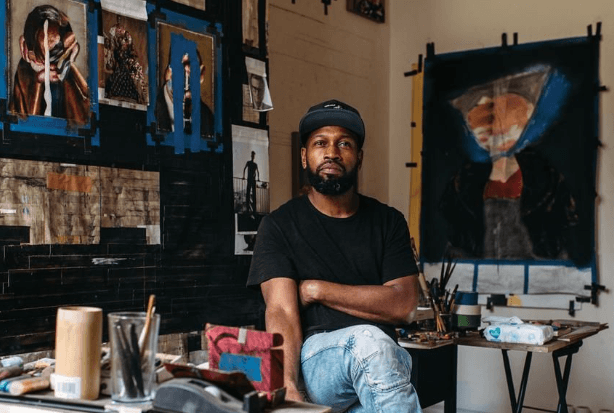
Source: WSJ Magazine
Nathaniel Quinn is an American artist who plays with the photomontage format of surrealism by building portraits from images found on Instagram, fashion magazines, and other websites.
To create an artwork, Quinn paints with distinctive brush strokes that bring together fragmented elements – symbolic of disparate identities resulting from the subconscious. His surrealism in digital design is an homage to Sigmund Freud’s dream theory and Dadaism.
4. Inka Essenhigh
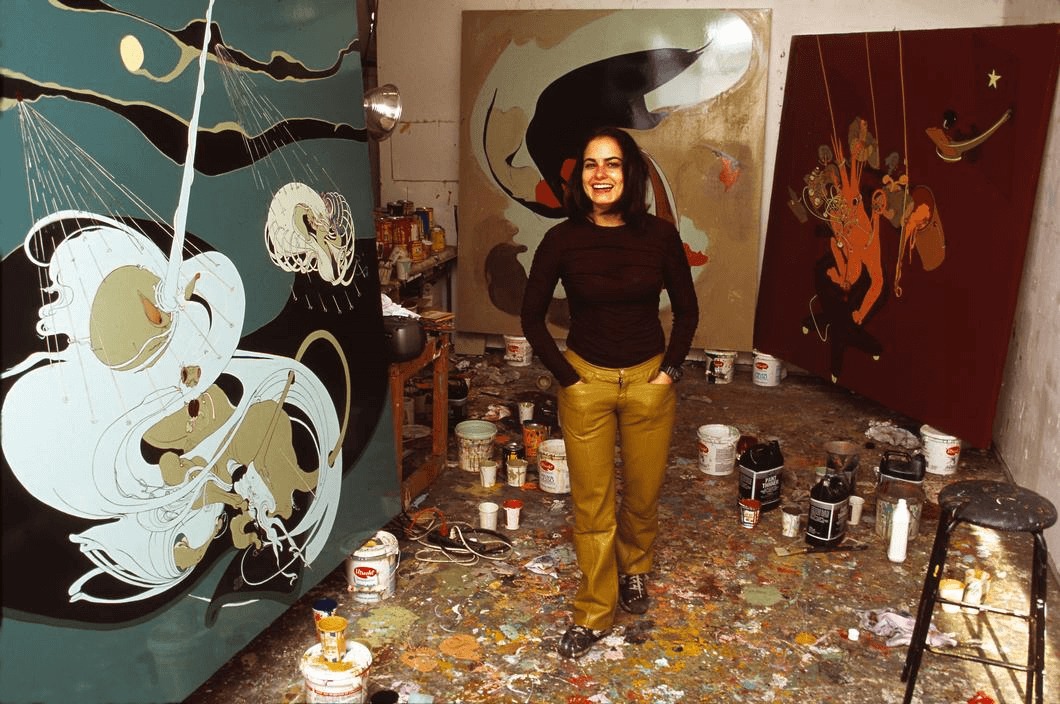
Source: Facebook
Inka Essenhigh is an artist who resides in New York City. Through digital design, the artist imagines a futuristic domestic space with floating ghostly feminine forms. Essenhigh’s surrealist art is inspired by the immediate environment – a drink at the local bar or supermarket shopping is heightened to create epic scenes of disjointed reality. Her work is known for its connection to the natural world and our relationship to the elements of nature.
Related:What is Negative Space in Graphic Design & Why is it Important?
5. Jonathan Meese
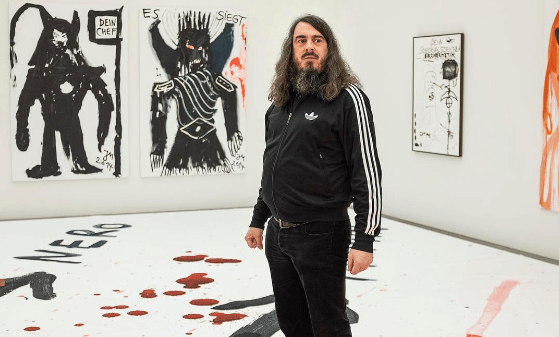
Source: Facebook
Jonathan Meese is a German artist based in Brooklyn and Hamburg. Meese uses violent swirls of colors that are resolved as body parts, like a mouth or even a set of teeth. His works feature ghoulish faces, and his chaotic paintings are best viewed as modern digital design adaptations of the surrealist art that surfaced in the 1920s. To him, politics surrenders before art.
6. Matthew Custar
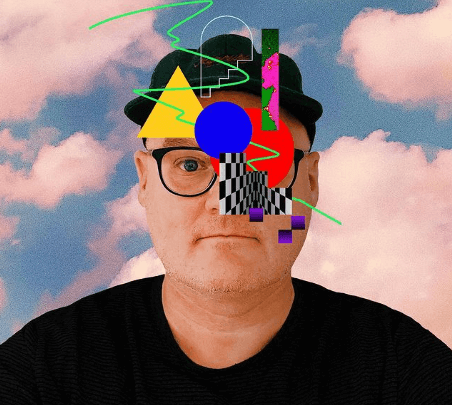
Source: Instagram
Matthew Custar is an art director, graphic designer, and digital artist based in Minneapolis. His aesthetic is characterized by vibrant colors, gradients, and linear geometric shapes that experiment with three-dimensional movement and rhythm.
He has won Adobe’s Creative Jam using only his iPhone. Custar’s digital artworks are inspired by psychedelic and Memphis Group-inspired elements that add a surreal touch to his designs.
Related: What Is Balance In Graphic Design And Why Is It Important?
7. Jen Mann

Source: Wall Hop
Jen Mann is a conceptual artist who mainly focuses on the idea of self in a post-internet world. Her paintings often feature surreal landscapes and dreamlike figures that explore themes of identity, memory, and the subconscious. Mann’s work is influenced by social media and popular culture, riffing on what it means to be and how we understand ourselves through the lens of the corporate gaze.
8. Erik Johansson
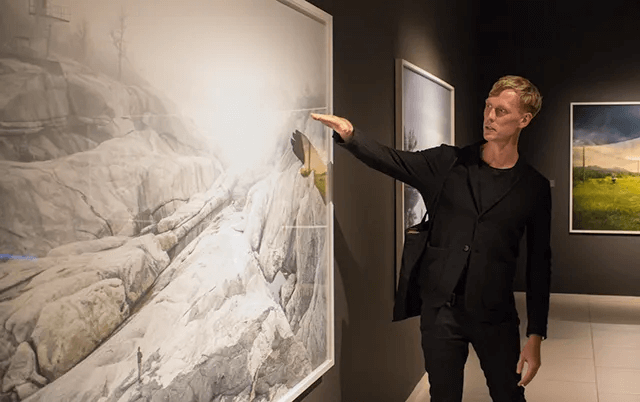
Source: MinnPost
Erik Johansson is a Swedish photographer and digital artist who creates surreal images by combining multiple photographs into a single composition. His work often features impossible or fantastical scenes that challenge our perceptions of reality.
Related:How To Use The Golden Ratio in Graphic Design
9. Magdiel Lopez
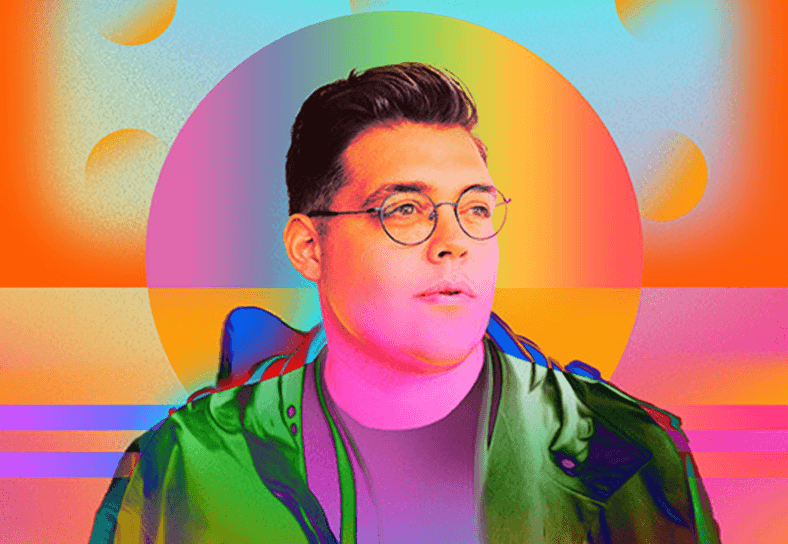
Source: DSVC
Magdiel Lopez, a Cuban art director and artist located in Dallas, has a talent for using surrealism in digital designs. His creations span from spacemen to pop superstars, employing magenta gradients and a distinctive upright frame for portraits that are simultaneously iconic and otherworldly.
10. Valeria Prada
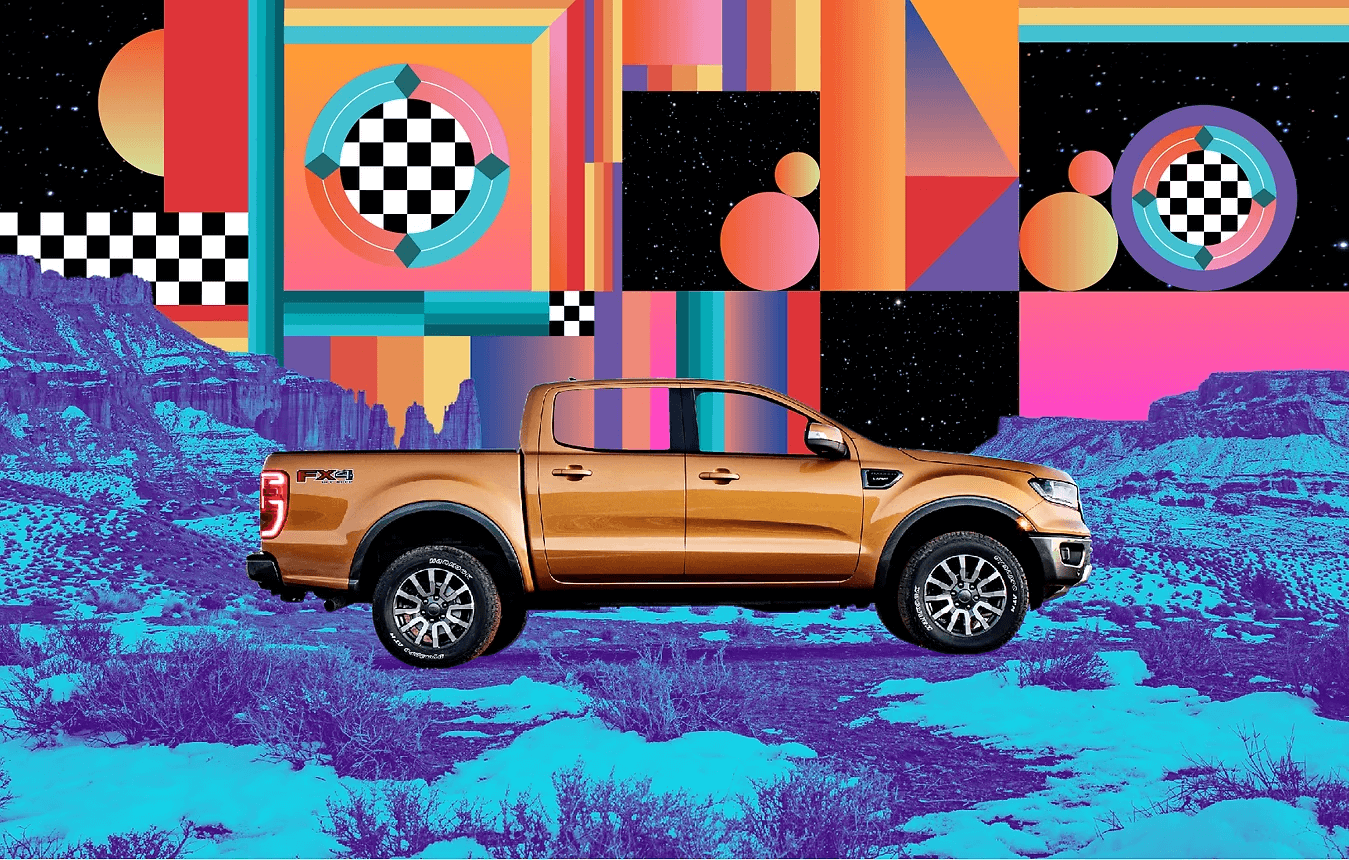
Source: Valeria Prada
Valeria Prada is an art director and graphic designer situated in Barcelona. She showcases a delightful side project through her collages, shedding light on the female perspective. Alongside her design work, she has exhibited at Art Basel Miami Beach, received awards for her artwork, and enjoys exploring video projects when not curating books.
Related:11 Best Canva Alternatives for Graphic Design in 2023 [Free & Paid]
Create Surreal Digital Designs With Simplified

Source: Simplified
Creating surreal digital designs from scratch can be complex. To streamline and improve your surreal designs, consider using Simplified.
This AI-powered tool offers various design capabilities, including free and customizable design templates tailored for your surreal projects.
Additionally, Simplified features an in-built photo editor with advanced functionalities for editing and adjustments.
Moreover, Simplified presents an AI text-to-image generator tool, enabling the creation of unique surreal artwork with just a few simple prompts.

Source: Simplified
Other design tools, such as background remover, color palette generator, AI mesh gradient generator, and more, are also available with Simplified.
All these resources are available for free and include collaborative features, facilitating teamwork on diverse design projects.
Here are some free and customizable design templates offered by Simplified featuring surrealism. You can use any of these templates for your design project.
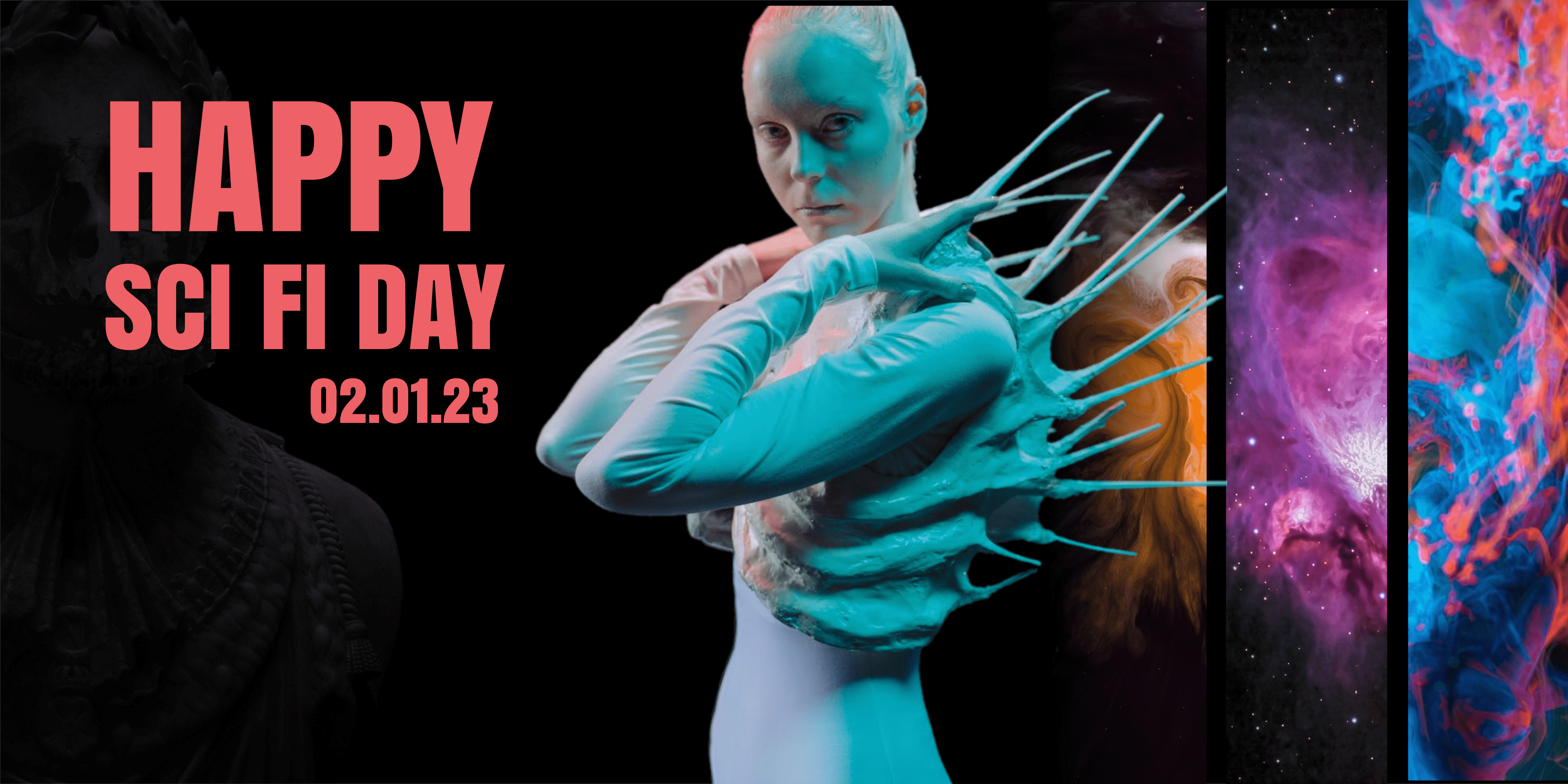
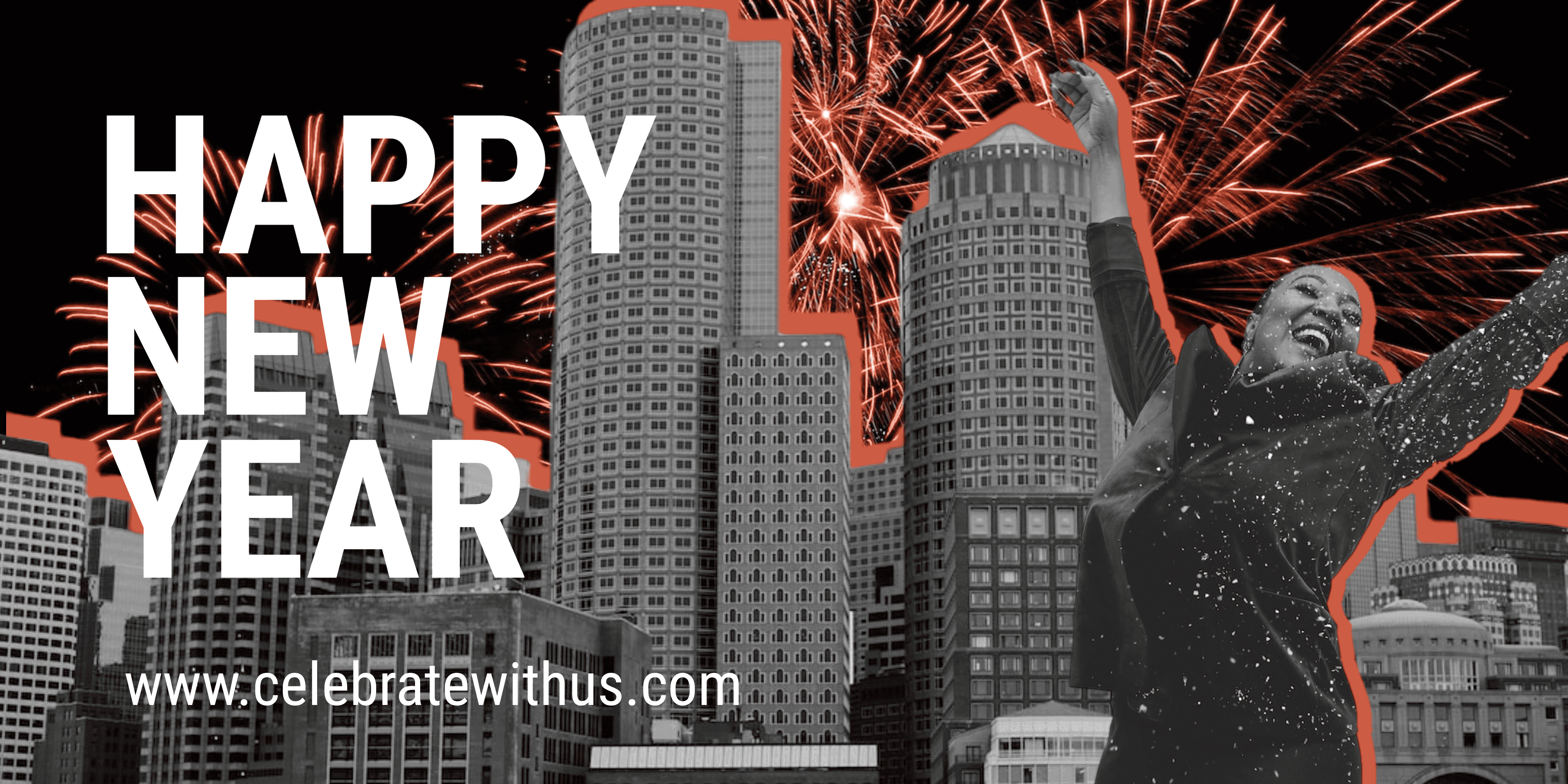




Here are some examples of surrealism in art. All these artworks are generated by Simplified’s AI image generator.
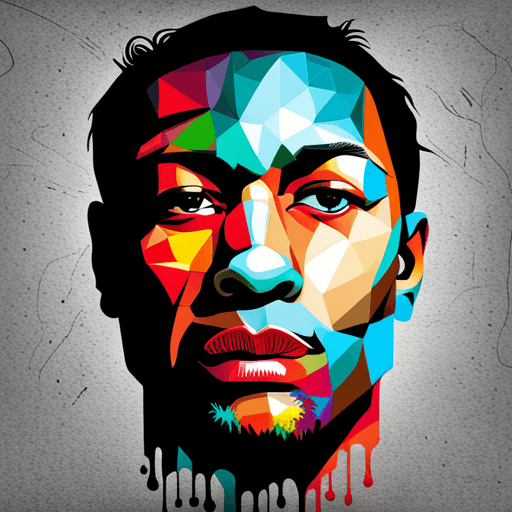
Source: Simplified
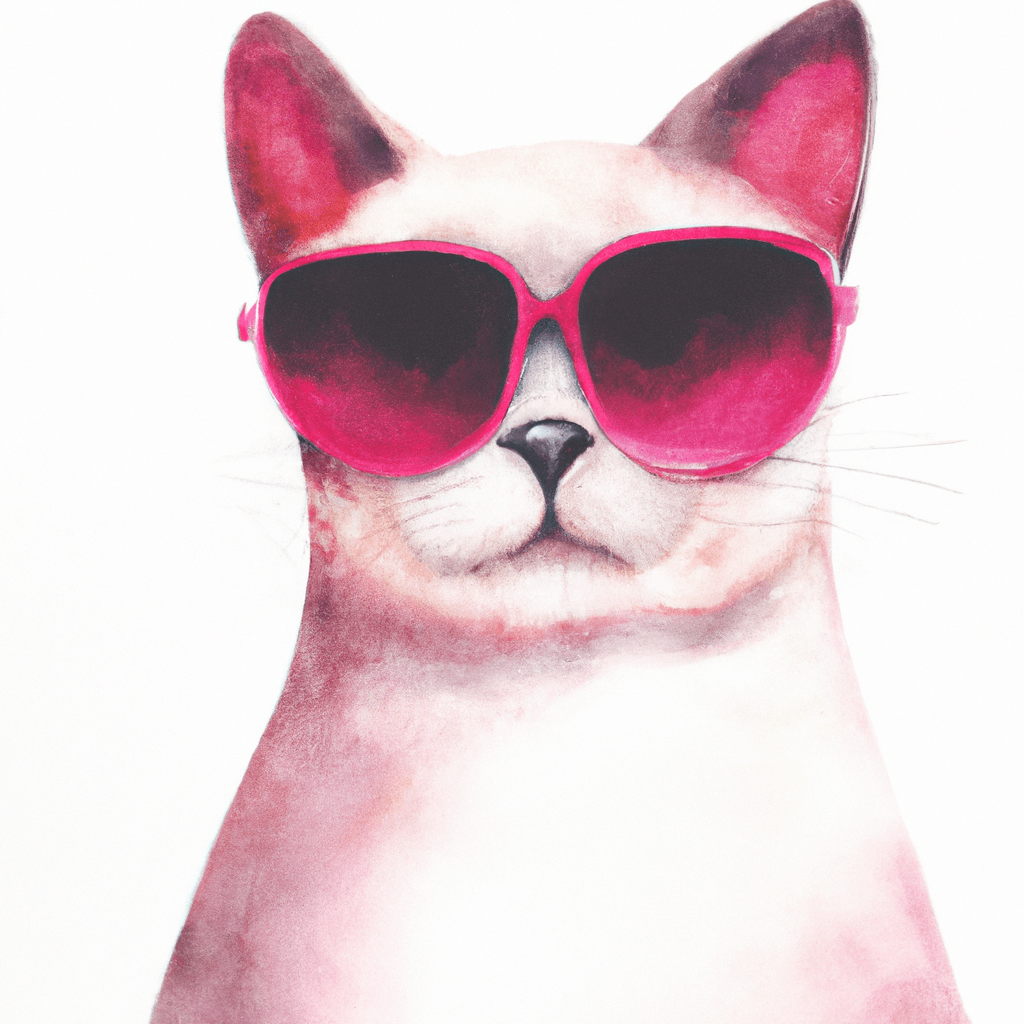
Source: Simplified
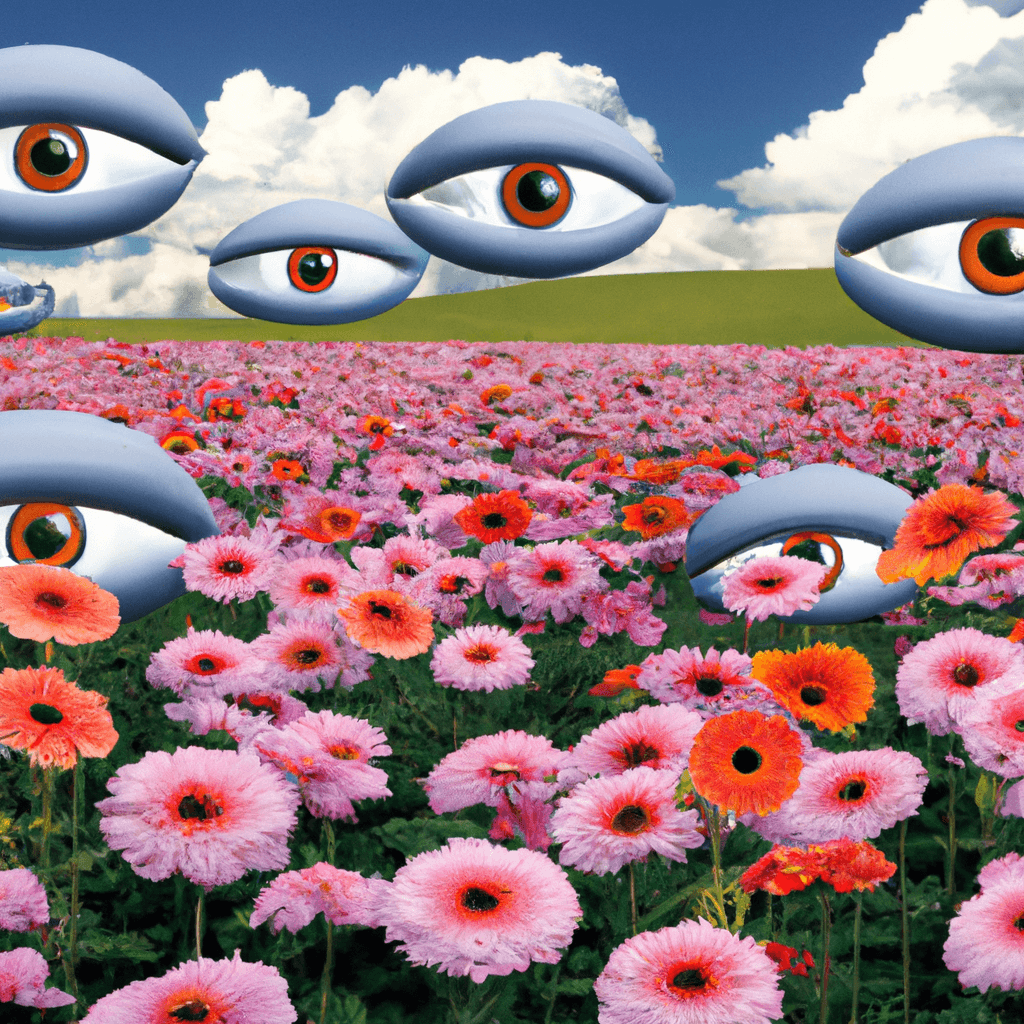
Source: Simplified
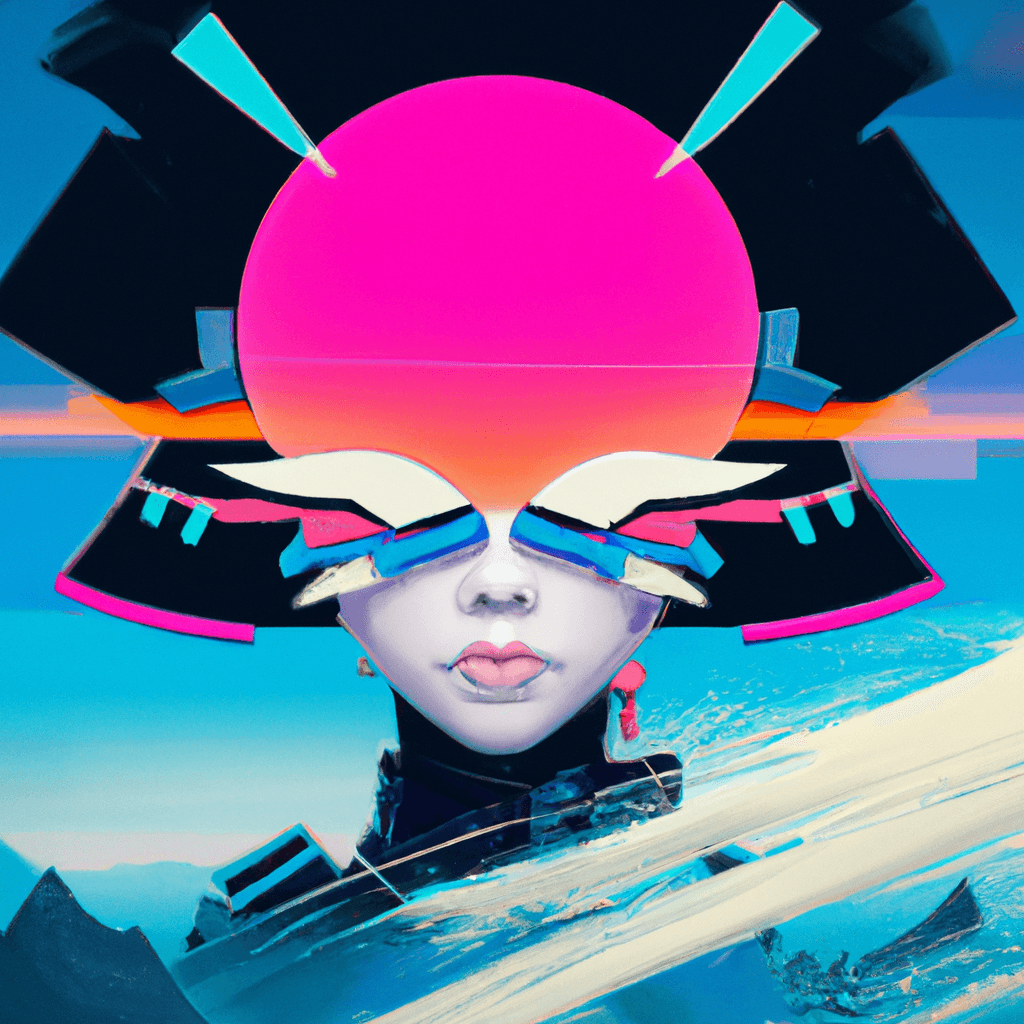
Source: Simplified
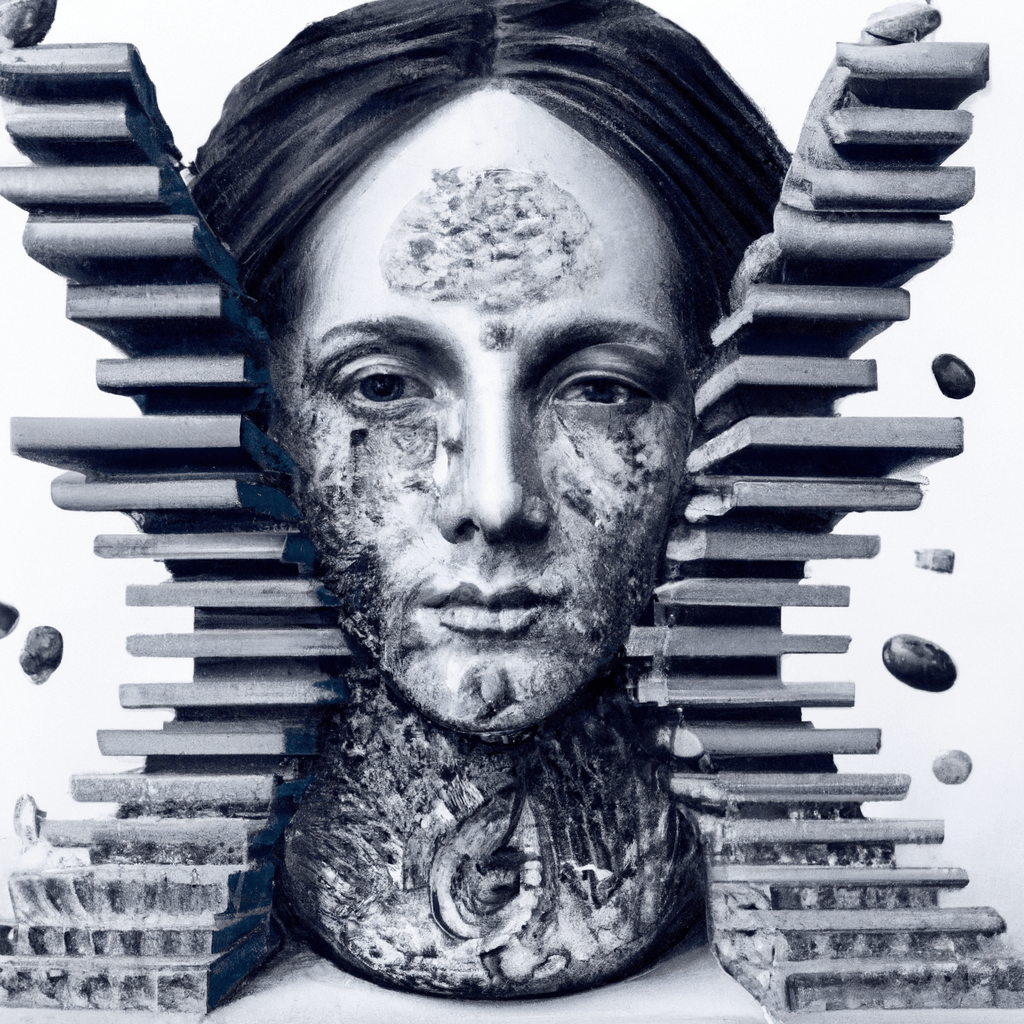
Source: Simplified

Source: Simplified
So, what are you waiting for? Make a name for yourself in the world of modern surreal designs with Simplified!







